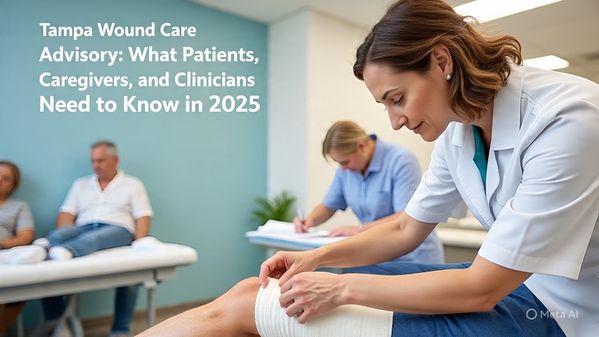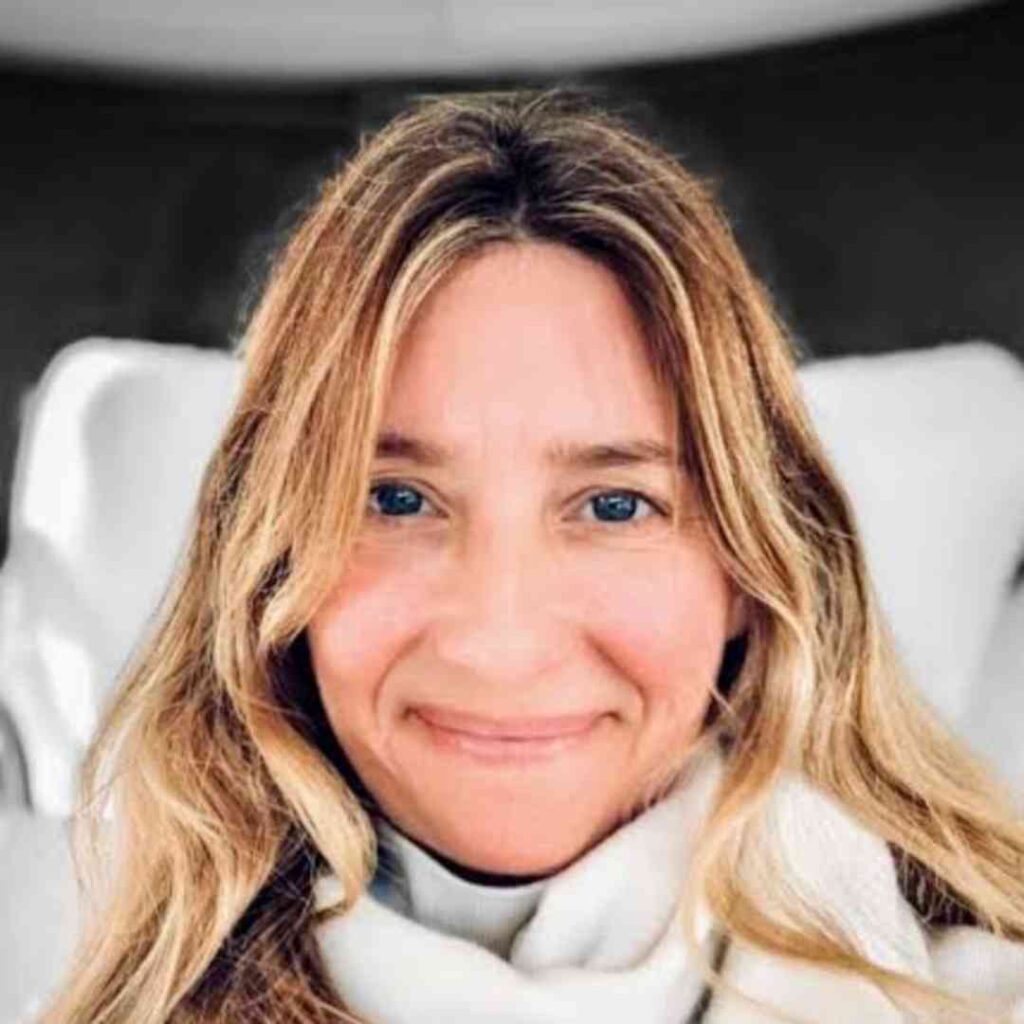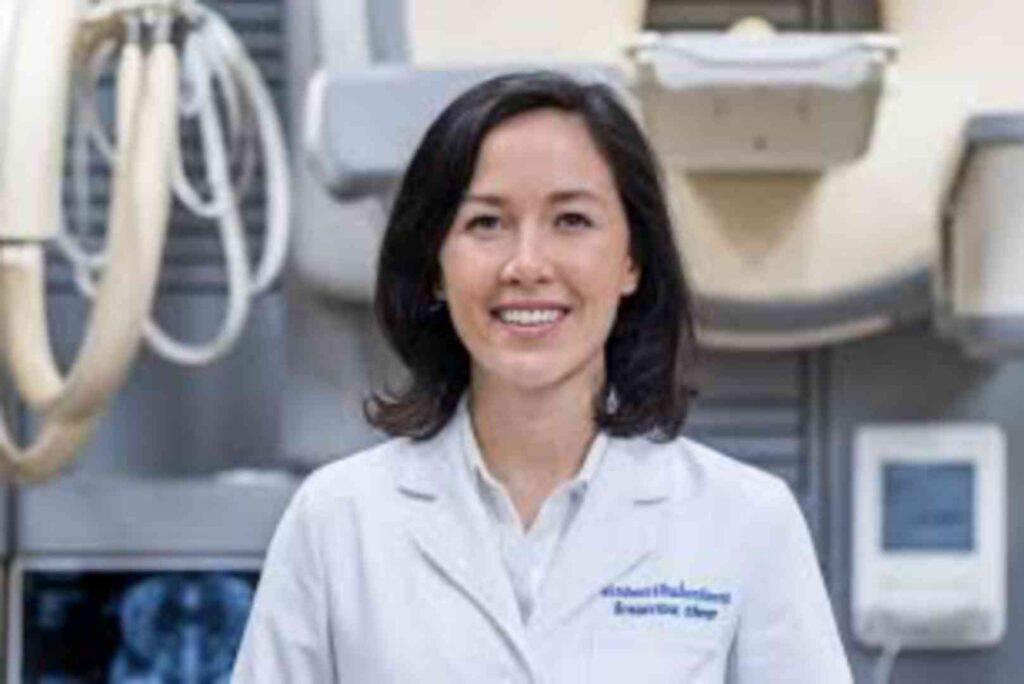Tampa Wound Care Advisory: What Patients, Caregivers, and Clinicians Need to Know in 2025
Chronic wounds are more than just physical injuries—they are silent disruptors of lives. From diabetics managing foot ulcers to elderly patients coping with pressure sores, proper wound care isn’t optional; it’s essential. In Tampa, Florida—a city with a growing senior population and rising cases of diabetes—the demand for expert wound care is surging. That’s where the Tampa Wound Care Advisory enters the picture.
This isn’t just another medical service. It’s a multidisciplinary approach to healing, designed to guide patients, families, and clinicians through the often complex journey of wound management. In this blog post, we dive deep into what Tampa Wound Care Advisory really is, why it matters in 2025, and what makes Tampa an evolving epicenter for advanced wound healing solutions.
Why Wound Care Needs an Advisory Approach in Tampa
Tampa has unique healthcare challenges—and opportunities. The city’s subtropical climate, aging population, and high rates of chronic conditions like diabetes, vascular disease, and obesity have led to an increase in hard-to-heal wounds. But wound care isn’t as simple as applying a dressing and hoping for the best.
Real Patient Stories: The Stakes Are High
Take Marie, a 67-year-old retiree living in South Tampa. She developed a venous leg ulcer after years of struggling with varicose veins and poor circulation. After months of home care and limited mobility, her wound worsened, risking infection. A traditional care model failed her—appointments were delayed, providers lacked coordination, and her healing stagnated.
It wasn’t until her family physician referred her to a local wound care advisory program that she saw measurable improvement. Within weeks, she was seeing a vascular specialist, attending a hyperbaric oxygen therapy clinic, and receiving in-home follow-ups—all coordinated by one integrated care plan. Marie’s wound closed in under three months.
Her case isn’t rare. It’s an illustration of why Tampa residents benefit from a comprehensive, team-based advisory service.
What Is the Tampa Wound Care Advisory, Really?
The Tampa Wound Care Advisory is not a single clinic, but rather a framework—often facilitated by private practitioners, hospital systems, and wound care consultants—that provides:
-
Personalized care plans built by interdisciplinary teams
-
Access to advanced technologies (e.g., negative pressure therapy, hyperbaric oxygen, cellular tissue products)
-
Ongoing monitoring and education for both patients and caregivers
-
Navigational support to coordinate referrals, insurance approvals, and follow-ups
In essence, it’s your wound care concierge—minus the luxury pricing and plus the life-saving results.
Who Needs a Wound Care Advisory in Tampa?
Here’s a breakdown of patient groups who benefit most:
| Patient Type | Common Wounds Treated | Key Advisory Role |
|---|---|---|
| Diabetic patients | Foot ulcers, ischemic ulcers | Prevent amputation, control infection, manage glucose impact |
| Elderly individuals | Pressure ulcers, skin tears | Ensure mobility, improve circulation, reduce hospitalization risk |
| Post-surgical patients | Incision dehiscence, infection sites | Coordinate follow-up care, reduce readmission |
| Cancer or chemo patients | Radiation burns, delayed healing | Adapt therapies to immune suppression |
| Wheelchair users | Sacral sores, heel ulcers | Home care support, pressure management tools |
The goal isn’t just healing—it’s prevention, protection, and empowerment.
What Makes Tampa’s Wound Care Landscape Unique?
You’d be surprised how geography influences medicine. Tampa is surrounded by factors that both complicate and enhance wound care.
1. Climate and Humidity Challenges
Florida’s humid subtropical climate can delay wound drying and lead to skin maceration. For patients wearing dressings or compression wraps, improper moisture control is a serious risk.
2. Booming Elderly Population
As of 2024, more than 22% of Tampa’s population is over 65. This demographic is more prone to chronic wounds and slower healing due to reduced circulation, thinner skin, and limited mobility.
3. Cutting-Edge Medical Infrastructure
From Tampa General Hospital’s specialized wound units to private practices offering regenerative medicine, Tampa has no shortage of high-quality care. But navigating these resources requires guidance—something the advisory model does exceptionally well.
Core Components of a Tampa Wound Care Advisory Program
So what exactly should a wound care advisory include? Here’s a look at its foundational pillars:
🧪 1. Advanced Diagnostics
-
Doppler ultrasounds to assess vascular status
-
Wound cultures and biopsy for infection identification
-
Pressure mapping for mobility-challenged patients
👩⚕️ 2. Interdisciplinary Team Approach
-
Wound care nurse practitioners
-
Vascular surgeons
-
Infectious disease specialists
-
Physical therapists
-
Registered dietitians
🧬 3. Use of Advanced Modalities
-
Negative Pressure Wound Therapy (NPWT)
-
Bioengineered skin substitutes
-
Hyperbaric Oxygen Therapy (HBOT)
-
Low-frequency ultrasound debridement
📅 4. Long-Term Monitoring & Patient Education
-
Digital wound imaging and tracking apps
-
Home visits and telehealth check-ins
-
Nutrition counseling and diabetic control
-
Caregiver training programs
How to Choose the Right Wound Care Advisory Service in Tampa
Not all wound care providers are created equal. Here are some factors to look for:
✅ Accreditation & Experience
Ensure the facility or team is WOCN-certified (Wound, Ostomy, and Continence Nursing) or affiliated with accredited wound centers.
📍 Local Accessibility
Proximity matters—especially for patients with mobility issues. Look for clinics with in-home services or mobile care units.
🤝 Integrated Care Philosophy
Ask: Will my primary care physician be involved? Do specialists communicate? Are follow-ups proactive, or reactive?
💡 Patient-Centered Technology
Digital wound tracking apps like Swift Medical and Tissue Analytics are being adopted across Tampa practices. These allow faster diagnosis and treatment decisions.
Emerging Trends in Tampa’s Wound Care Scene
1. AI-Powered Wound Imaging
Hospitals like AdventHealth Tampa have started using artificial intelligence to assess wound depth, size, and healing progress—reducing subjectivity and improving accuracy.
2. Regenerative Medicine
Stem cell therapies and platelet-rich plasma (PRP) treatments are gaining traction for difficult wounds. Clinics in Tampa’s Channelside and Carrollwood neighborhoods are piloting these methods.
3. Wearable Tech for Wound Monitoring
Startups are developing smart bandages that alert clinicians when a dressing needs to be changed or if infection markers are detected. Tampa’s tech-health incubators are helping bring these to market.
Real-World Example: A Wound Advisory Case Walkthrough
Patient: Jorge, 59, with Type 2 Diabetes
Issue: Chronic foot ulcer not responding to antibiotics
Timeline:
-
Week 1: Initial evaluation via advisory program, vascular referral completed
-
Week 2: Vascular imaging shows arterial blockage → angioplasty performed
-
Week 3–6: Initiation of NPWT and weekly wound debridement
-
Week 7–10: Referral to podiatrist for offloading footwear
-
Week 11: Complete wound closure
Outcome: Avoided foot amputation, resumed walking within 3 months
This layered, team-based care model isn’t a luxury—it’s increasingly becoming the standard.
Conclusion: Healing Wounds Is a Community Effort
Wounds don’t just heal with the right dressing. They heal with the right plan, the right people, and the right timing. The Tampa Wound Care Advisory approach isn’t just medical—it’s strategic, compassionate, and deeply personal.
As healthcare becomes more specialized and the population ages, Tampa is poised to become a national model in wound healing innovation. But patients shouldn’t wait for referrals or emergencies to seek help. If you or a loved one is dealing with a chronic wound, now is the time to ask: Do I have a care team that’s thinking beyond the bandage?
FAQs About Tampa Wound Care Advisory
Q1: What types of wounds qualify for a wound care advisory program in Tampa?
Any non-healing wound lasting more than 2–4 weeks is a candidate—especially diabetic ulcers, pressure sores, and post-surgical wounds.
Q2: Is Tampa Wound Care Advisory covered by insurance?
Most services, especially when referred through a physician or hospital network, are covered by Medicare, Medicaid, or private insurance. Always verify with the provider.
Q3: Can I receive wound care services at home in Tampa?
Yes, many advisory programs coordinate home health nurses or offer in-home evaluations—ideal for immobile or elderly patients.
Q4: What’s the difference between regular wound care and a wound care advisory service?
Regular care treats the wound. Advisory care treats the patient—coordinating between specialists, preventing recurrence, and offering whole-person support.
Q5: How do I find a reputable wound care advisory team in Tampa?
Start by asking your primary care doctor for referrals. Tampa General Hospital, Moffitt Cancer Center, and many private clinics offer advisory-style programs.
Q6: Is there a waitlist or delay to access these services?
Availability depends on your provider, but most programs prioritize high-risk patients and offer expedited evaluation—especially when infection or vascular issues are present.



